My first blooming home phalaenopsis orchid
1beautylover2012
8 years ago
Related Stories
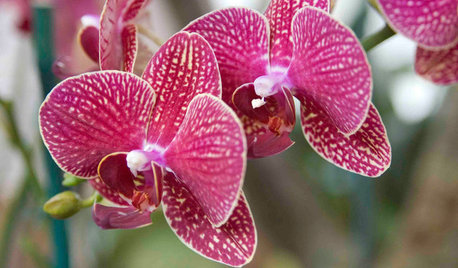
HOUSEPLANTSOrchids 101: How to Keep Your Moth Orchids Alive and Blooming
Growing Phalaenopsis — and getting it to flower again — is easier than you might think
Full Story
HOUSEPLANTSHow to Grow Orchids Indoors
Orchids are the exotic aristocrats of the flower world and can make themselves comfortable in almost any home
Full Story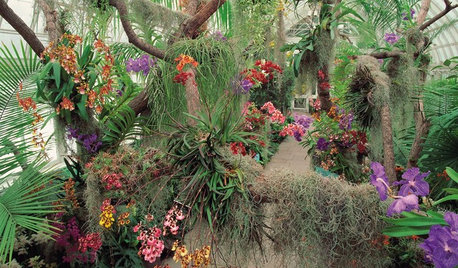
FLOWERSSee the Amazing Orchids Unfolding at a New York Garden Show
Get an eyeful of awe-inspiring orchids in incredible colors and learn how to keep one happily blooming at home
Full Story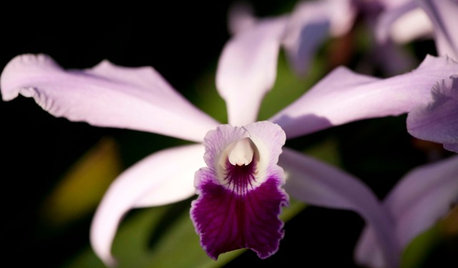
HOUSEPLANTSOrchids 101: Classic Cattleyas
These traditional corsage orchids can easily be a part of your collection of blooming plants
Full Story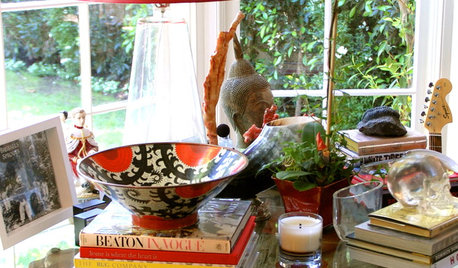
DECORATING GUIDESIndoor Gardener: Orchids Bring Beauty to Decor
Beautifully blooming orchids add elegance and grace to entryways, bathrooms and decorative vignettes
Full Story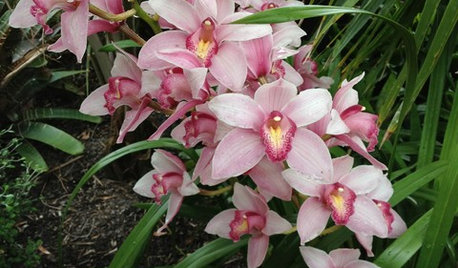
FLOWERSOrchids 101: Cymbidiums Add Beauty Indoors and Out
Their large, long-lasting flowers give them a place of honor in homes and gardens
Full Story
COLORBest Ways to Use Radiant Orchid, Pantone's Color of 2014
Learn how to work in this bold fuchsia-pink-purple successfully around the home, and give it a yay or nay in the Houzz poll
Full Story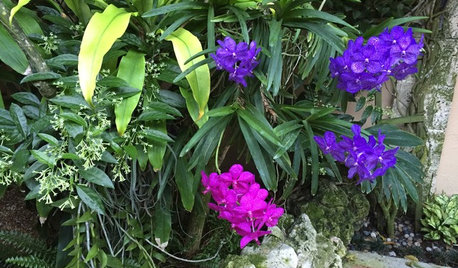
INSPIRING GARDENSThe Garden That Orchids Built
The owners of a famous orchid nursery create a sanctuary for themselves in South Florida
Full Story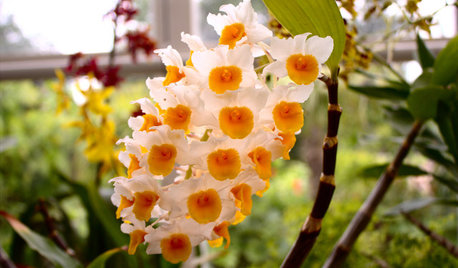
HOUSEPLANTSOrchids 101: Try Something Different With Dendrobiums
If you’re looking for something out of the ordinary, these orchids may be a good choice
Full Story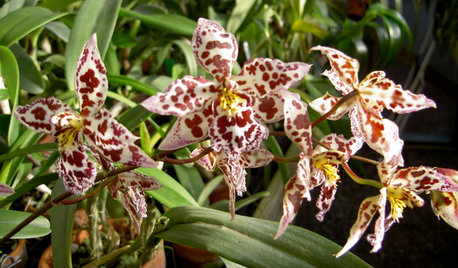
FLOWERSOrchids 101: Frilly Oncidiums Dance Their Way to Center Stage
Sprays of flowers characterize these New World orchids
Full Story


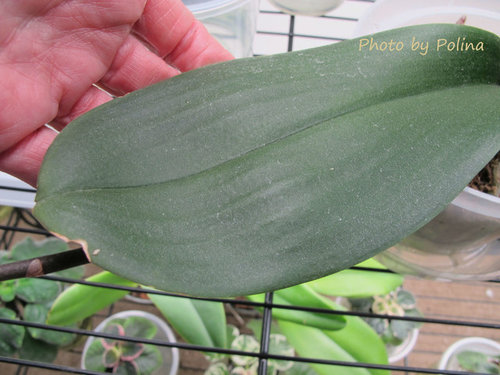





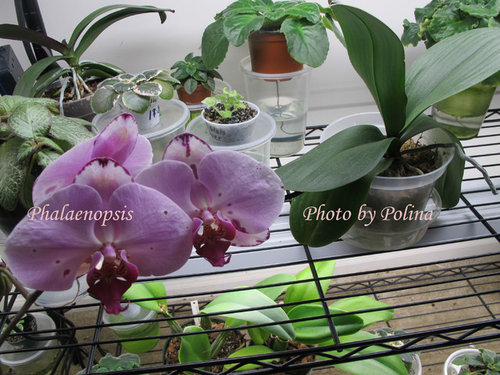



tim45z10
arthurm2015
Related Discussions
HAVE: phalaenopsis orchid - blooms purple
Q
My first Phalaenopsis flower!
Q
Repot indoor Phalaenopsis orchid AFTER spike blooms? Questions.
Q
Need cultivar name of my Phalaenopsis orchid
Q
Bill
jane__ny
1beautylover2012Original Author
Bill
1beautylover2012Original Author
Bill
1beautylover2012Original Author
1beautylover2012Original Author
Bill
arthurm2015
1beautylover2012Original Author
Bill
arthurm2015
1beautylover2012Original Author
arthurm2015
jane__ny
1beautylover2012Original Author
jane__ny
1beautylover2012Original Author